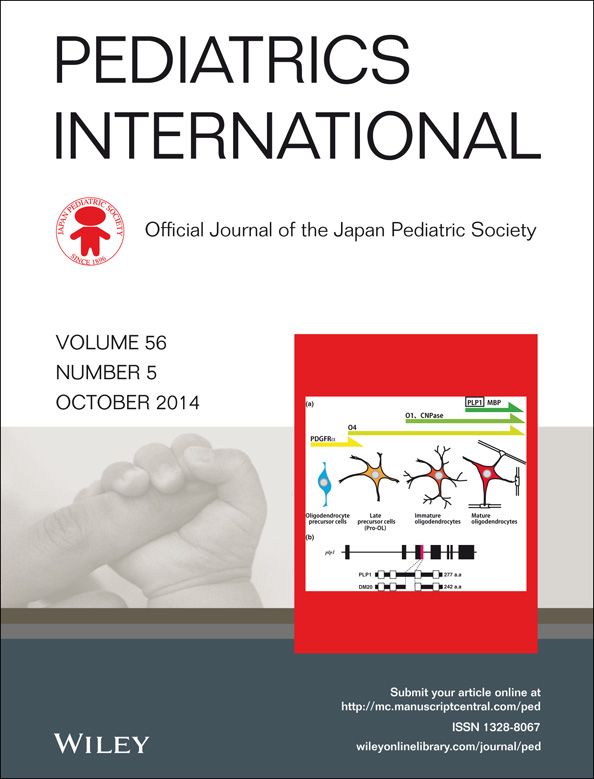Correlation between hyperglycemia and retinopathy of prematurity
Abstract
Background
Several risk factors are attributed to retinopathy of prematurity (ROP). This study was done to determine any association between hyperglycemia and ROP in premature infants.
Methods
In a retrospective case–control analysis, all infants with a gestational age (GA) < 34 weeks and a birthweight (BW) < 2000 g admitted and treated in the Neonatal Intensive Care Unit at Amirkola Children's Hospital, Iran, during March 2007–September 2010 were included. Hyperglycemia was defined as a plasma glucose level of >150 mg/dL during the hospital stay. The duration of being hyperglycemic was also recorded. All of these neonates were examined for ROP by a retinologist unaware of group assignment. The difference in the ROP incidence and also the severity of ROP was compared between the hyperglycemic and non-hyperglycemic infants. Matching was done for GA, BW, and also Clinical Risk Index for Babies score. The data were analyzed by t-test, χ2-test and logistic regression test and a P < 0.05 was considered significant.
Results
In total, 155 neonates were examined. Seventy (45.2%) of them developed ROP but 85 (54.8%) did not show any evidence of ROP. The frequency of hyperglycemia in patients with ROP was 33 (47.2%), but in those without ROP, hyperglycemia occurred in five (5.9%) (P = 0.0001). The severity of ROP showed no significant differences between the two groups (P = 0.35). The logistic regression for GA and BW showed a significant correlation between hyperglycemia and ROP (P = 0.0001).
Conclusions
Hyperglycemia is an important risk factor for ROP that can be prevented along with other risk factors by accurate supervision.




